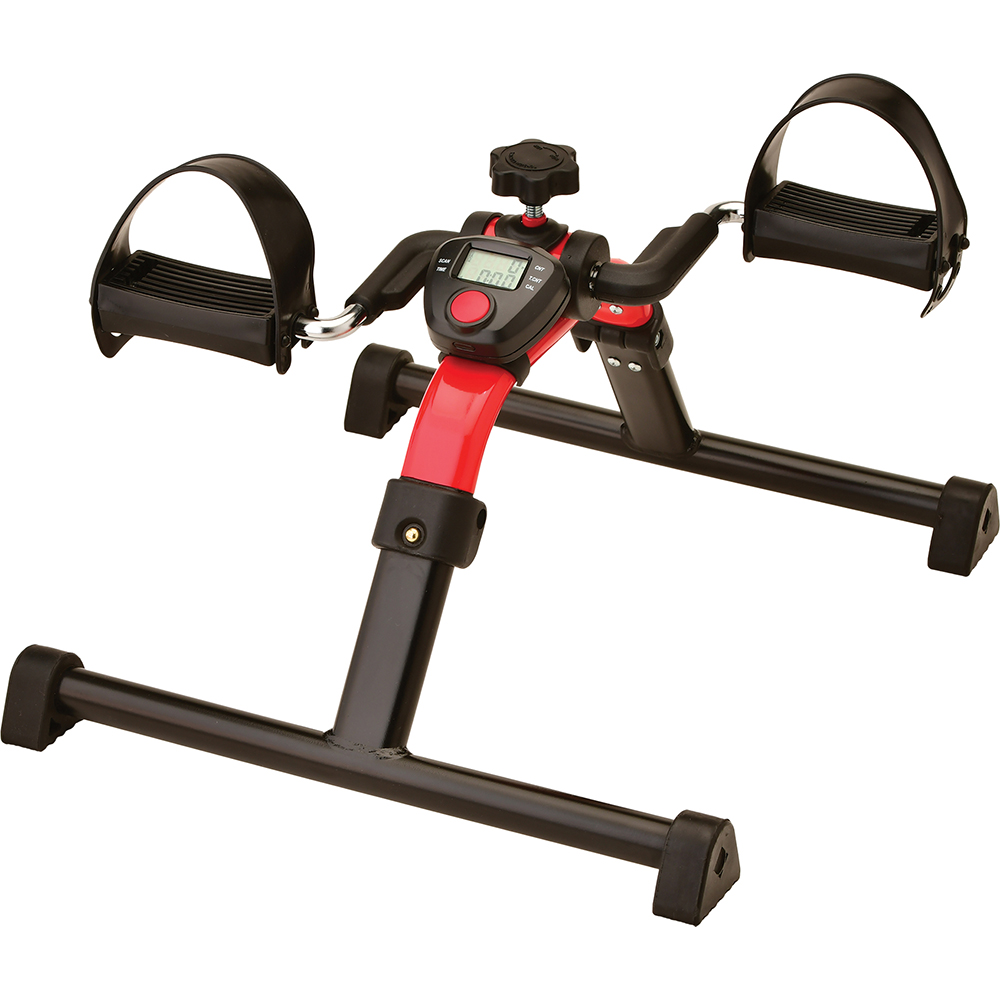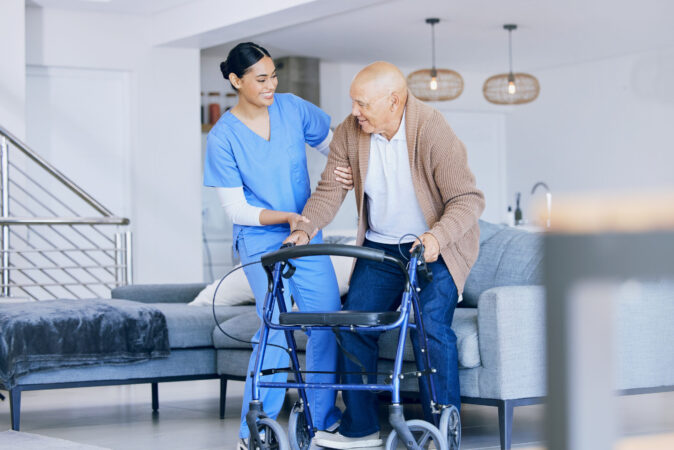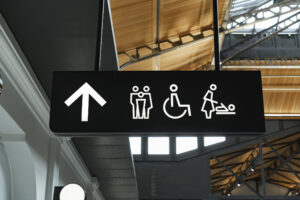As a caregiver for a senior citizen, it’s natural for you to worry about your patient or loved one falling and suffering a serious injury. When you’re apart from them, you might feel a nagging anxiety that they’ve fallen down somewhere and can’t pick themselves up or call for help.
Mobility equipment and minor living space adjustments have proven effective in reducing falls in the elderly. Follow these guidelines to improve your senior’s mobility and stability while giving yourself peace of mind. And, before we do that, note that NOVA much prefers using the terms “older adults” or “older people” over “elderly” or “senior citizen,” but we use those words to engage with the terms still often used.
Use Non-Slip Materials

Adding non-slip materials to an older adult’s living space is the first step in reducing falls.
Focus on the bathroom first. You can add the following items to keep people from slipping or losing their balance when they’re taking a bath or using the restroom:
Once you’ve taken care of the bathroom, try to secure other things in the home that may be a tripping or slipping hazard, such as a loose section of carpet or protruding cables and wires.
If there are smoother surfaces in the home, like hardwood or tile flooring, it’s best not to try and cover them up with rugs. Older adults can trip over rugs very easily. It’s safer to buy non-slip socks that seniors can wear around the home.
Create Easy Paths
Clean up living spaces so there are no boxes or belongings lying on the floor. Then, ensure there are clear paths leading from one room to the next, rearranging the furniture if needed.
Your senior may be using a cane or walker, so the paths should be wide enough to easily accommodate these mobility devices.
By making clear paths in the home, you allow your older adults to use their mobility equipment in every room, and you also minimize tripping hazards.
Install Lighting

People with visual impairments are more likely to trip over something in darkened rooms. Many falls occur when they’re trying to find the light switch.
Add lights in and around the living space that include:
- Nightlights (which turn on automatically when the room gets dark)
- Motion-activated lights (helpful in bedrooms)
- Mobility flashlights
The lights should all be battery-powered, so they’ll keep working if there’s a power outage.
Encourage Movement

One of the best ways to reduce falls in older adults is to help them get exercise. Movement strengthens muscles and improves hand-eye coordination, which can reduce the likelihood of falling down.
A rollator is often the most helpful mobility device in getting your senior up and moving. If the individual uses a walker, you could add water glide skis to improve its mobility.
NOVA: Caring for the Caregivers
When you’re caring for older adults, you should always have durable and dependable mobility equipment to lean upon. NOVA is here to support you. We offer a wide range of mobility equipment that reduce falls in the elderly and take a load off caregivers, empowering all to live a happier, healthier life.
For more information on fall prevention, download our free NOVA Home Safety Toolbox today.
To continue learning read this related article on 5 Fall Risk Areas In & Out of the Home.



